Philodendron Plant: Complete Care Guide
The Philodendron
Philodendrons are easy and fast-growing plants. Depending on the species, their growth patterns vary, from elegant to bold to bushy. They are generally forgiving and will tolerate all types of neglect, including low light, poor soil, and inconsistent watering. A Philodendron, with its origins mostly in Asia, is a great beginner plant for those who want to enjoy the natural beauty of plants without much maintenance.
FUN FACT
There are almost 500 species of Philodendron!
_________________________________________________
How to care for your Philodendron
It can survive in low-light conditions, but it grows faster and produces more leaves in medium to bright indirect light. The coloration will be more pronounced in brighter light. Avoid placing it in direct sunlight, as this may burn the foliage.
Water thoroughly and occasionally, allowing the top 50% of the soil to dry before watering again. Yellow leaves may indicate too much water, while brown leaves mean the plant needs more.
Basic home humidity is fine, but higher humidity encourages larger leaves. Your plant will benefit from occasional misting.
Your plant will thrive between 20°C and 25°C during the day and above 12°C at night. Keep it away from drafts, especially during the winter months.
It's advisable to feed monthly in spring and summer. You can fertilize every two months in fall and winter.
Philodendron leaves are toxic to pets and humans. Ingestion typically results in swelling of the lips and tongue, and stomach irritation with possible vomiting.
Trim dead, discolored, damaged, or diseased leaves and stems as they occur. Use clean, sharp shears to avoid tearing or damaging the stems. Cut the clippings just above a leaf node. Wash the leaves frequently to prevent dust from clogging their pores.
_________________________________________________
Common Problems for Your Philodendron

Your Philodendron's leaves could be curling for several reasons. Let's take a closer look:
Philodendrons don't like waterlogging, so make sure you drain them well. Maintain a consistent watering schedule: water when the top 50% of the soil is dry.
If you accidentally let your philodendron's soil dry out completely, you may see the leaves droop, and they may begin to brown and curl. If the soil is extremely dry, you'll need to give it a good dose of water.
Here's how to soak your philodendron plant:
- Place your plant in a sink, container, or tub. Fill it about three-quarters full of water. Always make sure the water isn't too hot!
- Let your plant absorb water through the drainage holes at the bottom of the pot for at least 45 minutes.
- Make sure the water has reached halfway up the pot.
- If the soil doesn't feel completely wet, lightly water the plant from the top of the pot to help speed up saturation.
- When the plant's soil is evenly moist, drain it in the sink or tub and let it rest while it drains well. Once it's drained, move it back to its proper location.
- Water quality
Another common reason for Philodendron leaves to curl could be tap water. Tap water contains salts, chlorine, minerals, and fluoride, which accumulate in the plant's soil, causing the leaf tips to burn and turn brown. One way to remedy this is to use a water filtration system. If you don't have one available, leaving the water in a container overnight before using it can help alleviate the chlorine buildup.
- Temperature
Make sure your plant isn't in a drafty area or near heating and cooling vents. The leaves will curl if the plant is cold or excessively dry due to the constant airflow.
- There is not enough humidity
Philodendrons are tropical plants, so they will grow well in more humid environments. Increase the humidity around the plant regularly by using a container of water and stones nearby or placing a humidifier.

Your Philodendron's leaves could be turning yellow for several reasons. Some possible causes include:
- Humidity
The most common cause of yellowing leaves among Philodendron plants is inadequate soil moisture, particularly overwatering. Only water your Philodendron when the top 50% of the soil is dry. The soil should remain moist, but not flooded. In winter, you can allow your plant to dry out a little more between waterings, but be sure to increase humidity with regular misting, a humidifier, or a tray of stones and water (pebbles).
When watering your Philodendron, make sure to provide enough water so that the liquid flows through the pot's drainage holes. It's extremely important to discard any excess water in the saucer and not let the plant sit in standing water. Philodendrons won't respond well to "wet feet," which can cause root rot and eventual death.
Providing adequate and consistent soil moisture is important in Philodendron care. Alternating between dry and wet soil from poorly timed waterings can create stress and cause the Philodendron to turn yellow.
- Inadequate light
Philodendrons will grow best when placed in bright, indirect sunlight. If exposed to direct sunlight for too long, the foliage will burn. Although philodendrons can adapt to low-light areas, their growth will slow. If placed in dark locations, yellow leaves may develop.
- Pests
A weakened or stressed Philodendron is more susceptible to insect infestations. Sap-sucking insects like spider mites can drain the plant of moisture. This problem quickly manifests itself as yellowing of the foliage. Scale, mealy bugs, and spider mites are common in indoor conditions. If not killed promptly, these tiny pests proliferate and move throughout the plant. The insects will kill the plant, accelerating the yellowing, especially if your Philodendron is already unhealthy due to poor lighting, a nutrient deficiency, or inadequate soil moisture.
- Some yellows are natural
Is your Philodendron growing new growth? If there is new growth and the yellowing leaves are older, particularly at the bottom of the plant, this discoloration is natural. The plant is shedding its old leaves and directing energy toward the new ones.




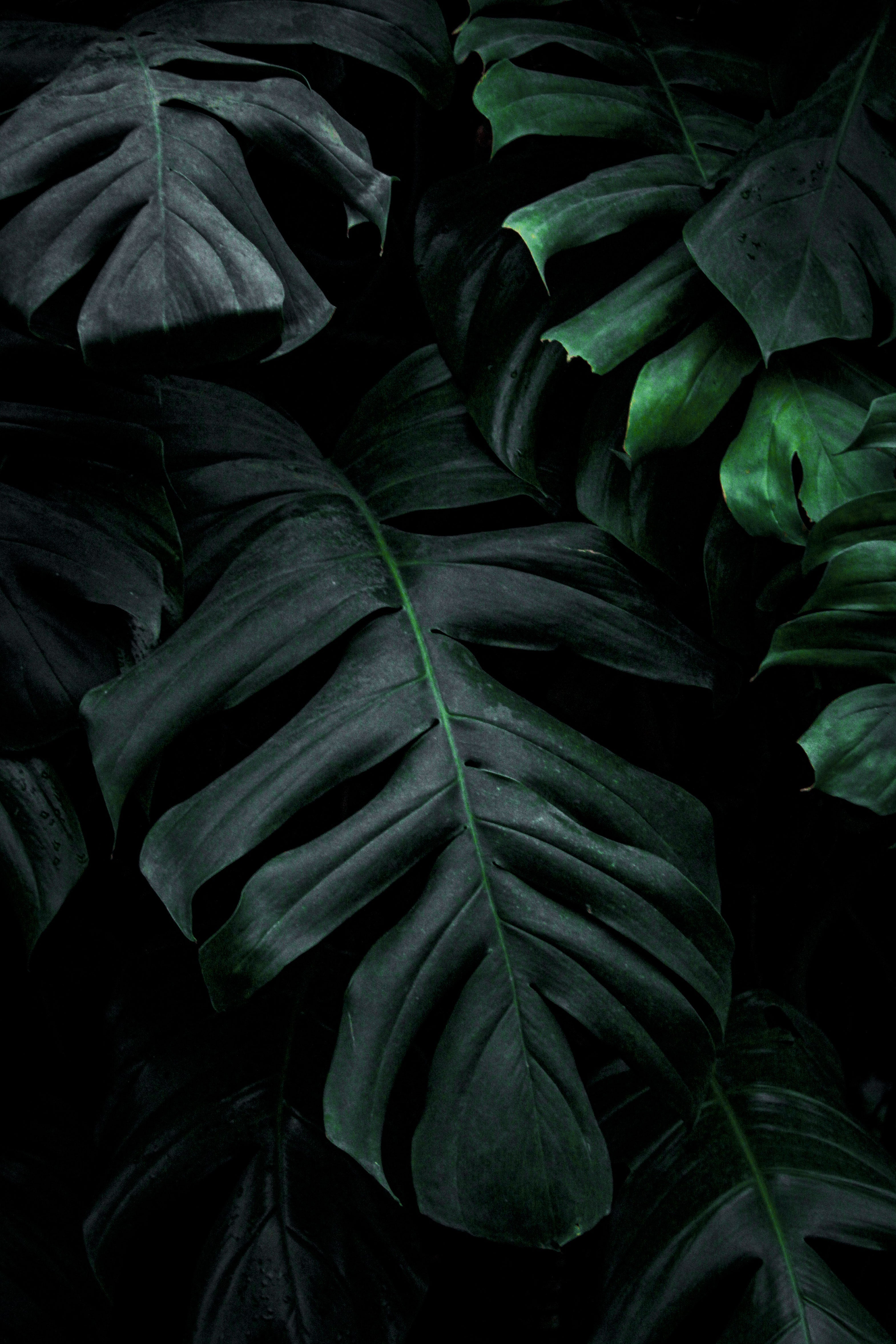
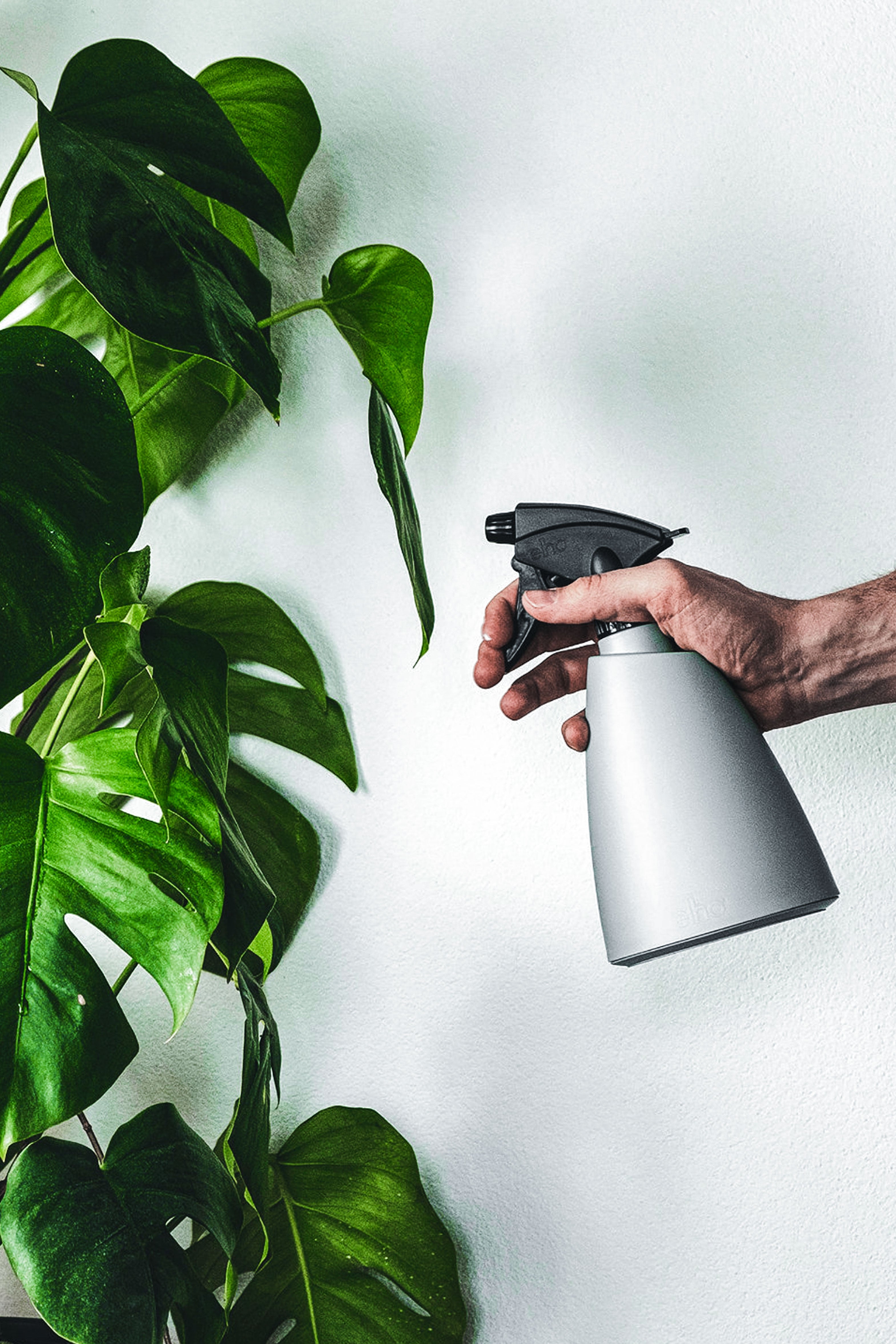
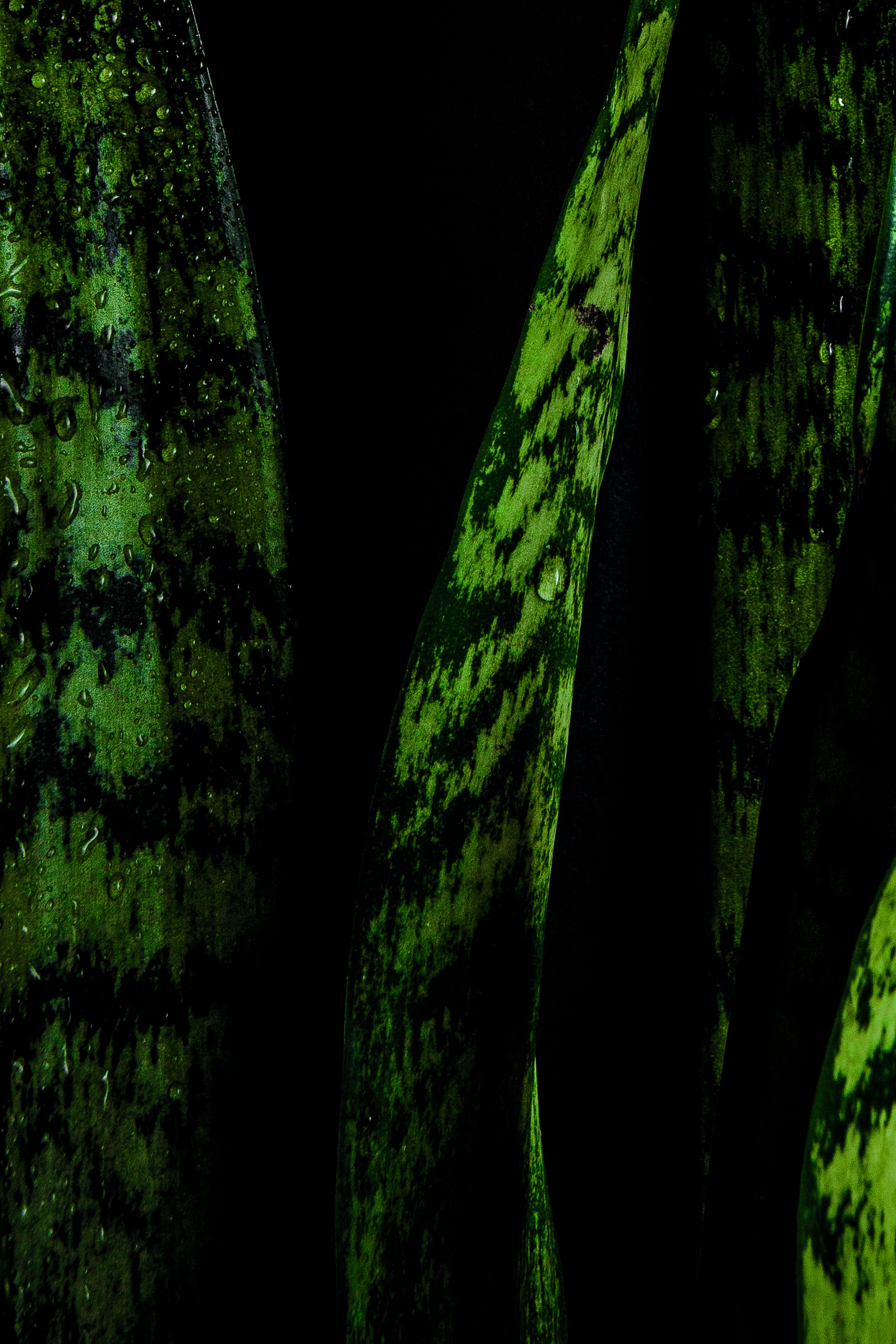
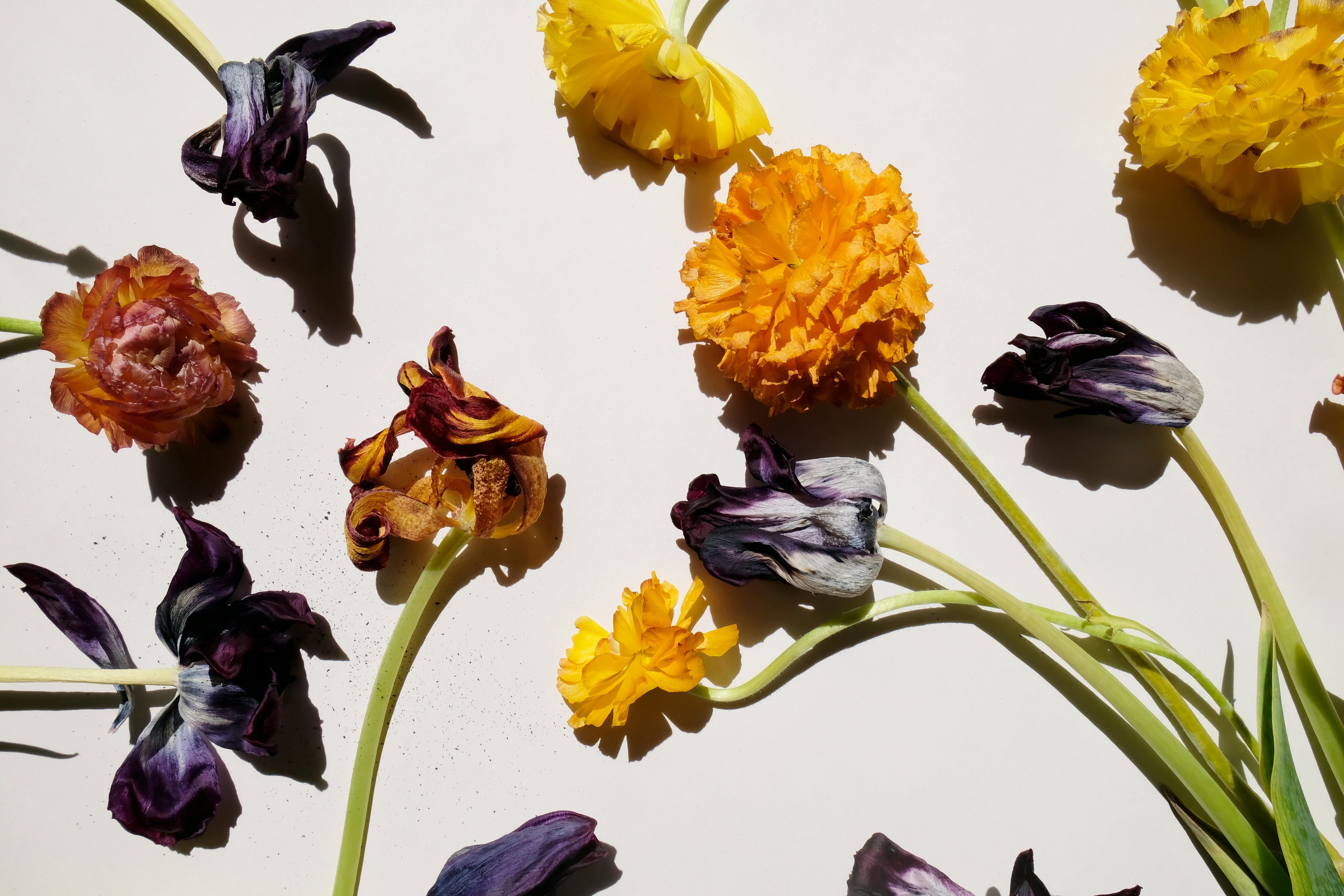
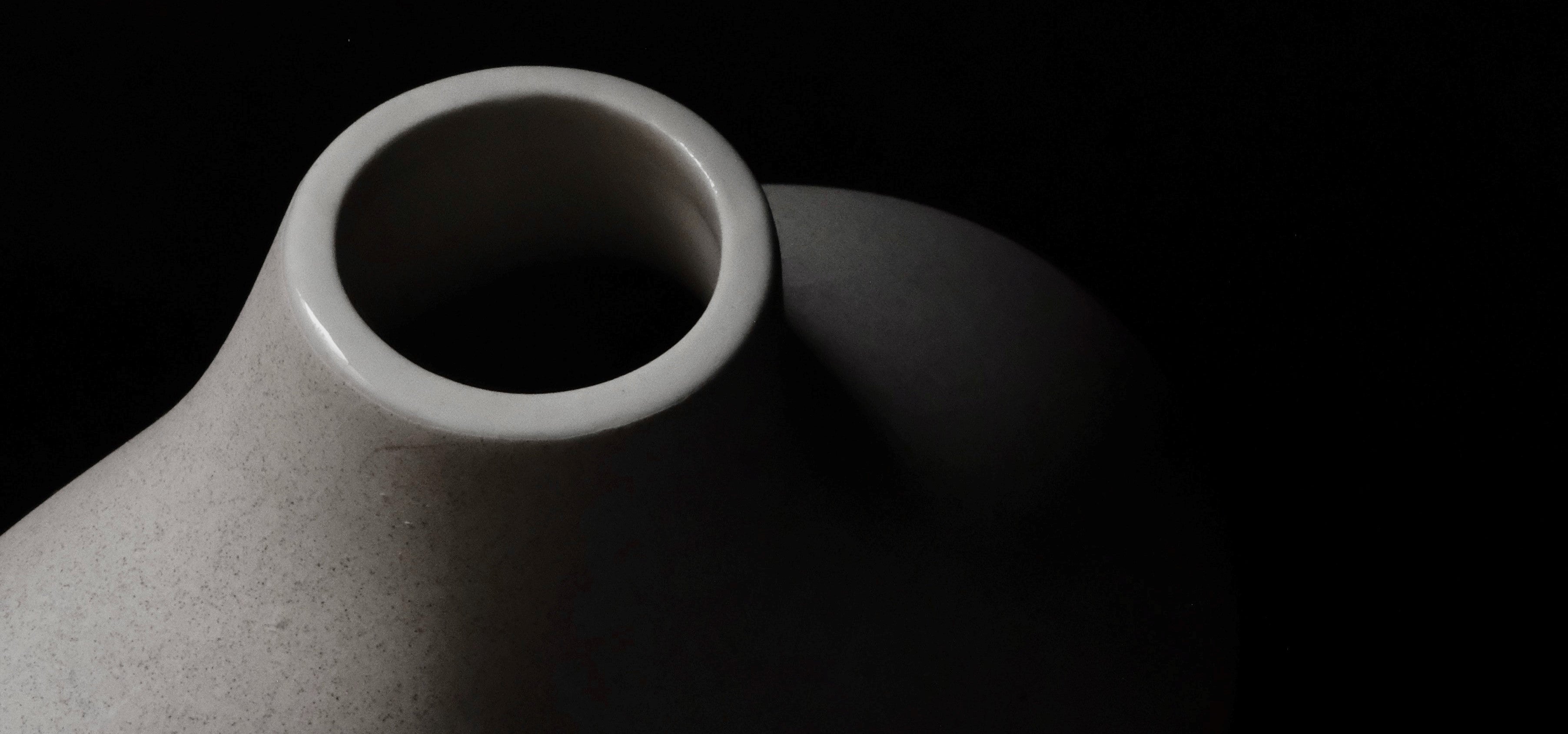
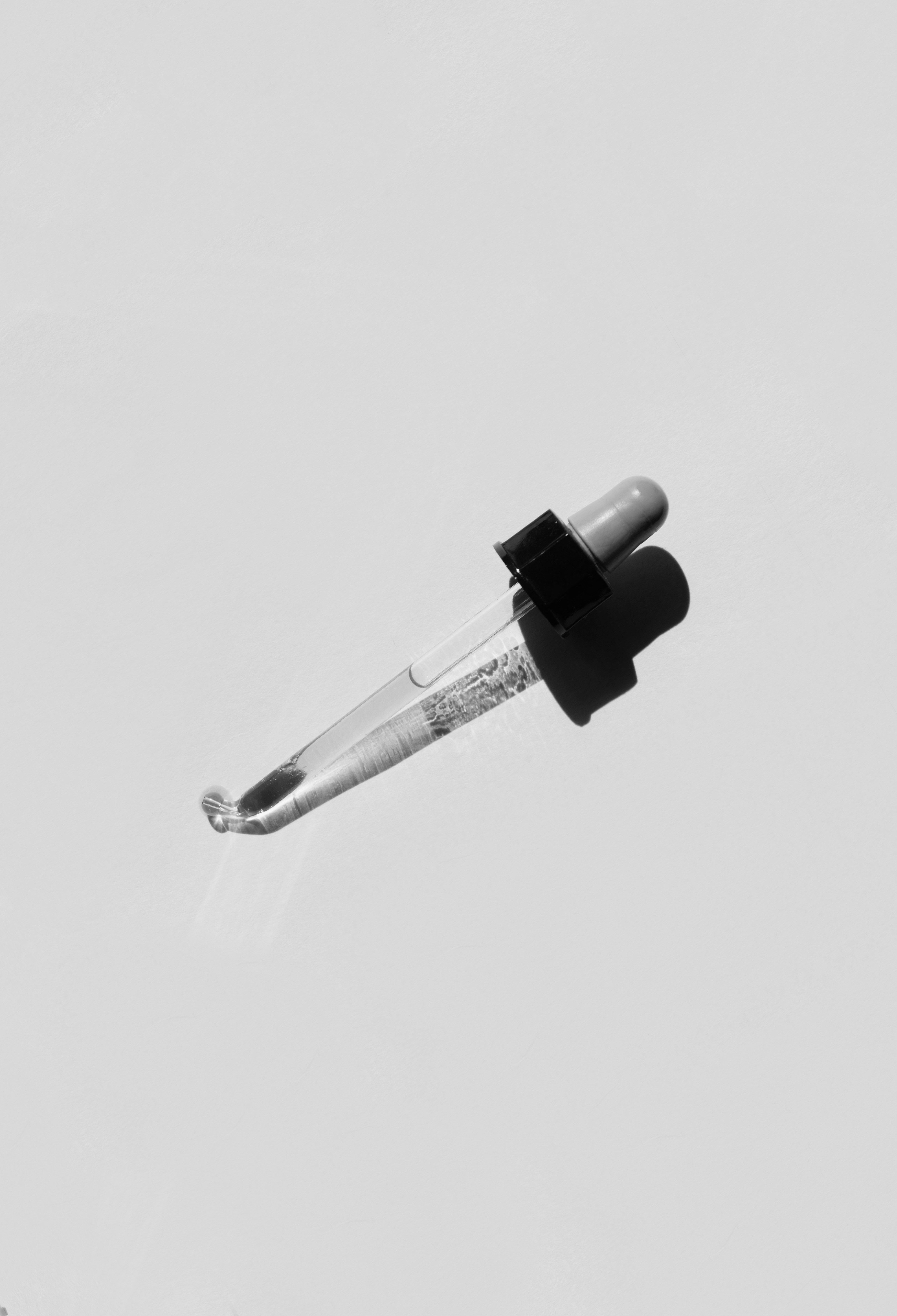
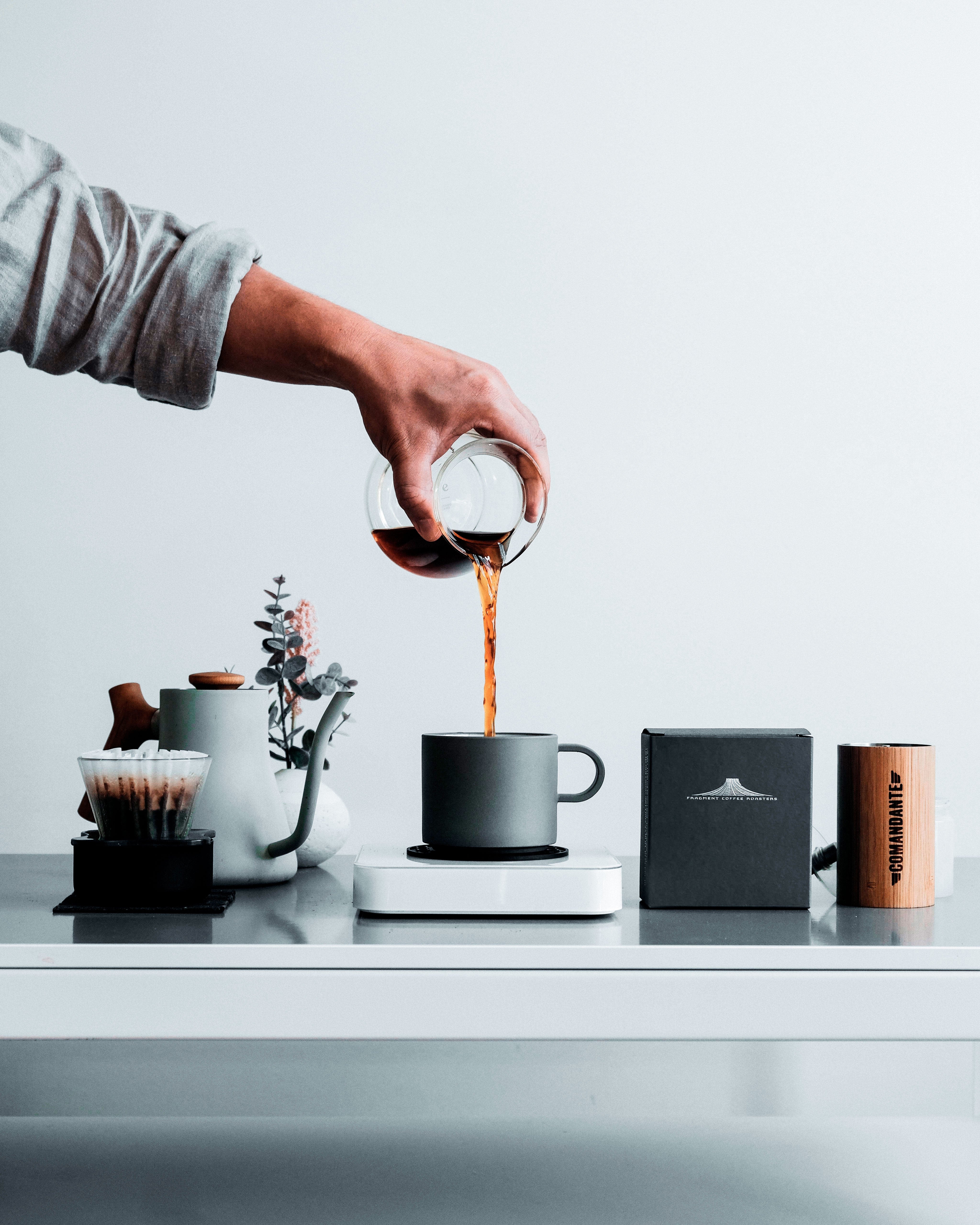
A planta da se só na água?
Leave a comment